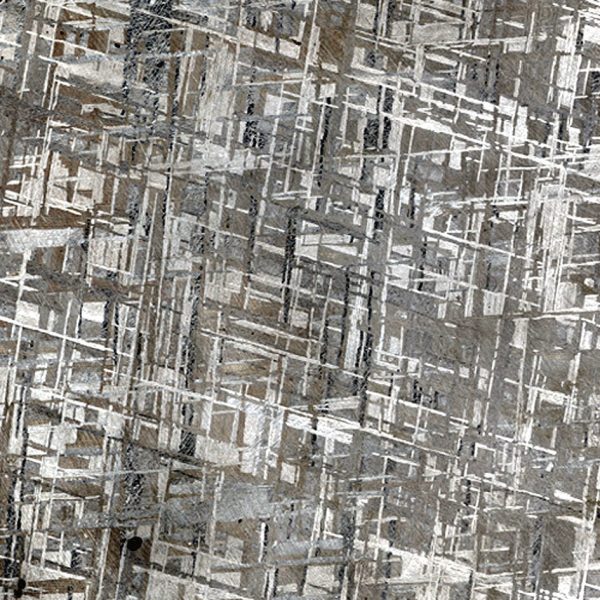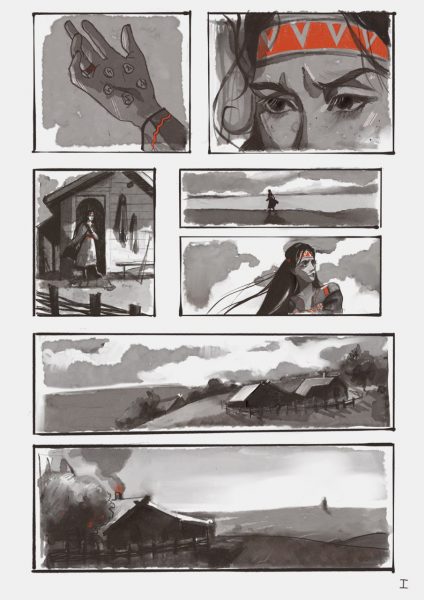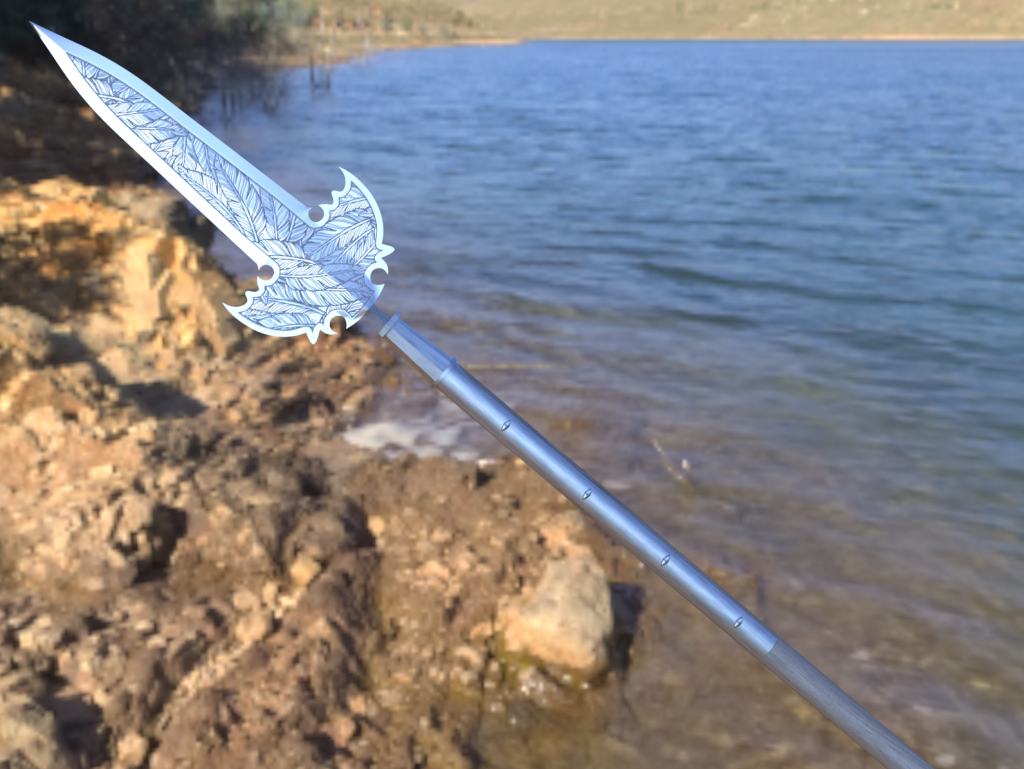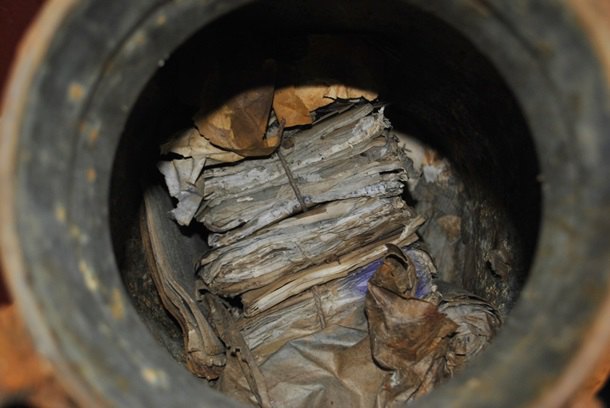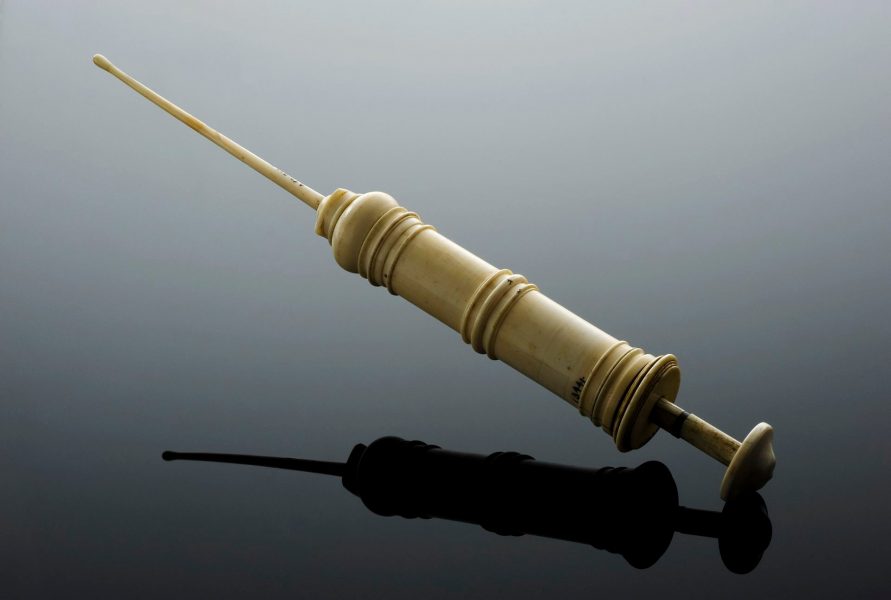Almost every day there are some new images! This is roughly how we, together with our artist, imagine Lodinn (Loðinn in Old Ruginian) - one of the co-authors of “Walking to the Land of Stur”, the owner of a sword named Guardian, the owner of an enchanted crystal of silver spar (you can search through the posts) and, probably, just a good person.
Sīdǭ II
Meteorites and miscellaneous
We have already discussed here many times the famous Alvan master blacksmith of antiquity, Fodallain Goraethvi, and now I suddenly decided to write a few more things about him.
But first, let's go a little aside. What did ancient peoples forge before they learned to smelt iron from ore? Bronze - no doubt; but in some places there were also iron meteorites, and they were quite useful.
Since people then had problems obtaining high temperatures, they had to use cold forging. Or cut this very meteorite iron. And beat him somehow. In general, the situation is clear. But even when the cheese furnace was invented first, and then many other metallurgical things, the problem did not go away. The vast majority of iron meteorites also contain a considerable proportion of phosphorus and sulfur (in the form of iron sulfide), which make forging very difficult. When heated even to 950 degrees, such things begin to crack and literally fall apart.
Of course, there is a relatively simple way out - either melt the whole thing to hell and cast it into something that can be forged, or burn out everything unnecessary and forge the resulting pieces together. But in both the first and second cases, the aesthetic appeal is lost: the Widmanstätt figures (see attached image), which were present in the original form of the meteorite, are greatly deteriorated.
In short, what do I mean? There are eyewitness accounts that Comrade Fodallein worked with meteorite iron. And he worked in such a way that these same Widmanstätt figures were not damaged at all. Apparently, he also forged weapons from it that held an edge for a long time - which means he somehow knew how to saturate the alloy with carbon. And this is one of his secrets that has not yet been revealed.
Don't get me wrong, he was usually eager to describe the technologies he invented. Many of his treatises have survived to this day in very good condition. But this is precisely one of the few things he decided to keep secret. Why is that? It’s unlikely that anyone will be able to say now.
ᛗᚨᚾᛁᚺᚹᚨᚱᛒᚨ
We have started another big project!
I proposed to our dear Ksenia start drawing a comic book, and she happily agreed. And we can already show you something.
1. Our thing is called ᛗᚨᚾᛁᚺᚹᚨᚱᛒᚨ, Manihwarbą, which means “moon turn”. The action takes place in the first century AD, and... that's all! You'll find out the rest yourself as you go =D
2. About six pages will be published per month, for now we will post them as they come out, and then we’ll see.
3. Very soon I will create an album with the appropriate name, into which I will upload everything.
Here it is, the first page!
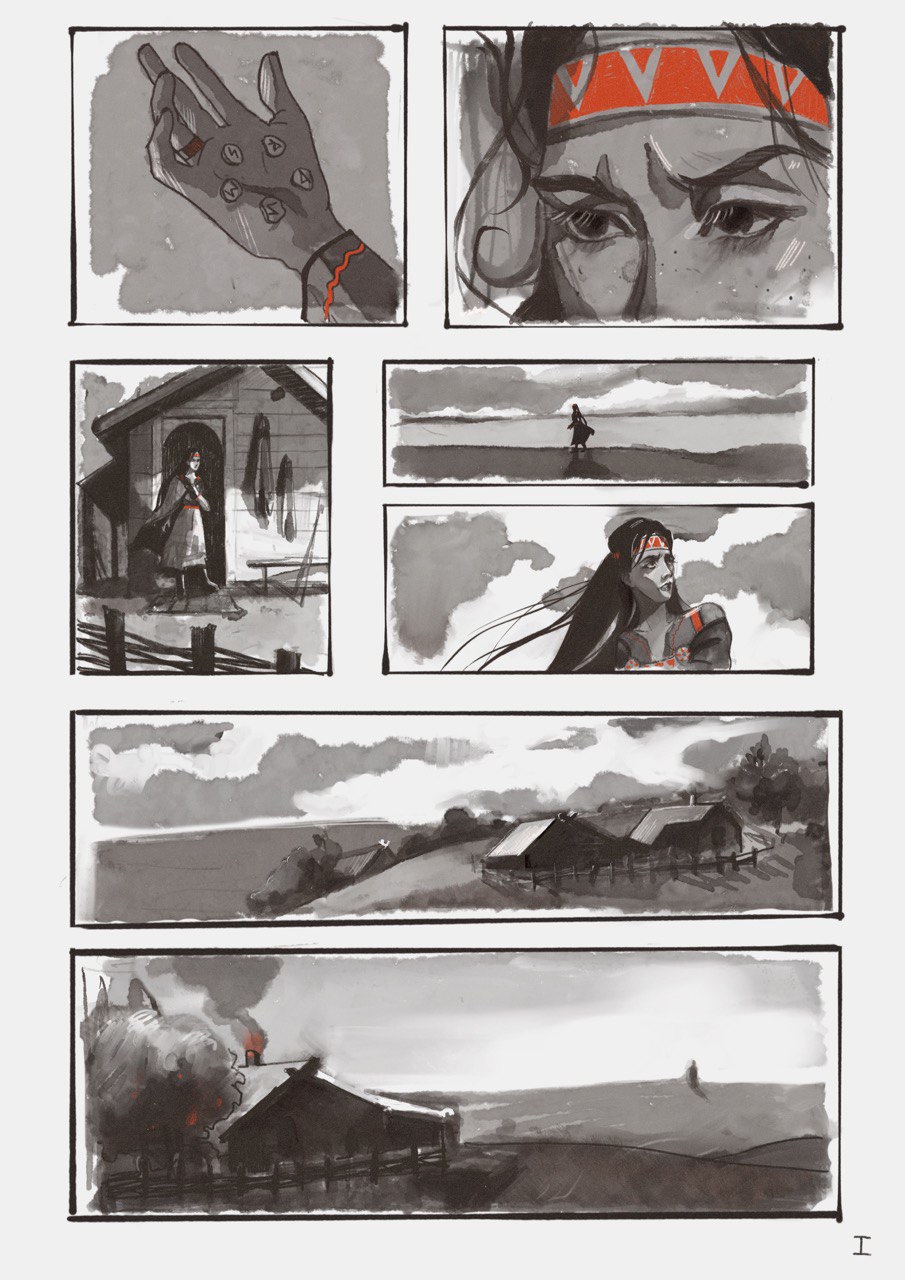
Artist: https://vk.com/neksush
Ready!
'vel pa vefemp
Since I’m too lazy to make a test public VK to check how well the plugin works, we’ll test in real time, so to speak. Sorry.
And today I want to show you a song that I came across... the day before yesterday, it turns out? Not only is it SAD, like most Duat songs, but the performer is interesting because he sings not in the literary language, but in its modern colloquial norm. Listen, in short.
Random Timbre Facts
Firstly, this post is dedicated to the plugin for auto-posting from WordPress to VK. If it doesn't work, no good.
Secondly, one of the documents we discovered relatively recently is interesting not for its content, but for its condition - it was simply poorly preserved. Considering how well the others were protected, it can be assumed that he was already in this condition when he was placed in the vault we are examining. The day after tomorrow it should be submitted for examination, and there, I hope, everything will become clearer.
Also due to its quality, this document is difficult to classify, but most of all it fits into an excerpt from a scientific treatise. International, which is somewhat unexpected, and also Glinnar-Kharassukhumi, which is even more unexpected, given the coldness of relations between the Orovean Alvs and the Dvergs that has been going on since ancient times.
We weren’t able to make out much, but overall the theme can be traced at least somehow. Apparently, we are talking about the influence of the timbre of the voice on verbal magic. At first glance it may sound strange, but the question is actually quite serious and interesting. I really want to go all out and write a whole popular science article on this topic, but I’d better refrain.
In short, there is a hypothesis that Dragar verbal magic (we have already discussed it in some previous posts) is so flexible largely due to the specificity of Dragar voices. This is confirmed, among other things, by the fact that their spells must be pronounced out loud, otherwise their effectiveness drops several times, no less. Based on this, there were even assumptions that if a certain person/alva/substitute was taught to make “dragar sounds”, then the efficiency and accuracy of controlling his spells would increase. Alas, we cannot do this yet, so this is just speculation.
Maybe someday one day!
Syringes in Eryakhshar
Now we have very rainy and sleepy weather. We don’t have any particularly interesting news, so I started digging through old documents - discovered last year - and found some pretty good stuff.
It’s no secret (I hope) that Eryakhshari medicine at the beginning of our era was simply incredibly advanced. There are many reasons for this, but I don’t really want to go into them, so I’d rather just tell you what this “advancement” was. And the materials on which I will rely will be a small note with terminology, entitled in the average Turk way Andar bizeškīh ī jēartīg, “About Geartian medicine.”
- pāj-ɠosur - lit. "adhesive ointment" A substance based on tree resin, used as a medical glue known to us all. There is information that sometimes thyme essential oil, which has a pronounced antimicrobial effect, was added to it.
- qōḑeyelağ - “pneumothorax”, from qōḑē ayē lağ "air of the pleural cavity", where qōḑ - “air”, and ayē lağ (lit. “outside the lung”) - “pleural cavity.” By the time of the fourth century, the phenomenon had long been known, and they also knew how to treat it. How exactly? Next word!
- qōḑɠāfr - “syringe”, literally “air blower”. Initially, animal bladders were used for this purpose, to which a thin reed tube was glued. The next stage was a wooden hollow cylinder, onto which a film from a bubble was stretched - and to it, in turn, a hook was glued, which could be held on to. Thus, the film could be both pulled back and pressed in, creating negative or positive pressure, respectively.
Yes, such “syringes” have already been used to pump out air from the pleural cavity during pneumothorax. The next generation of syringes already had something like a piston, but this is a completely different and no less interesting story. - fexers - “blood vessel”, from fexr "blood" and erş "lived".
I think this may have convinced you!
RGB moon
Today it dawned on me that in the second part of “Song of Strange Love,” which we posted a couple of days ago, there is one physiological-cultural aspect that would be worth clarifying. Sorry, it was just completely obvious to me.
We will talk about the phrase “red moon” that appears in the text. The point is that this is not the moon during an eclipse or some strange figure of words; this epithet regarding the moon is very stable and widespread among almost all Dzherart nationalities. Why is that? Let's figure it out!
Firstly, the color perception of Gearts is quite different from that of the genus Homo. We still have the same three types of cones, but they work somewhat differently: the sensitivity areas of “green” and “red” overlap very much, which is why in the yellow-red part of the spectrum we distinguish colors worse than the same people. But the sensitivity of our “blue” cones is much higher and reaches even the ultraviolet region, invisible to the human eye.
In short, by human standards Gearts are a little colorblind (roughly speaking, we have something like protanomaly), but we see a lot of blue and a part of the ultraviolet spectrum.
And now about the moon. Compared to sunlight, the spectrum of moonlight contains more red and less blue. Homo can observe this, for example, when the moon is low above the horizon: it looks much redder than the sun at the same height. And Geartam, with our physiological characteristics, even such a small difference in the intensity of blue is very noticeable. So to us, the moon, especially compared to the sun, does look red.
Finally, I’ll add that Gearts (again, thanks to color perception) are completely unsuitable for RGB monitors, and this is extremely unpleasant. But this is a topic, perhaps for some other post, but for now keep an approximation of how our vision differs from human vision. I think you will immediately understand where the original is and where the processed image is.
I'm Not A Vampire
Musical evening!
As always, new items reach me late, but... what can I do!



